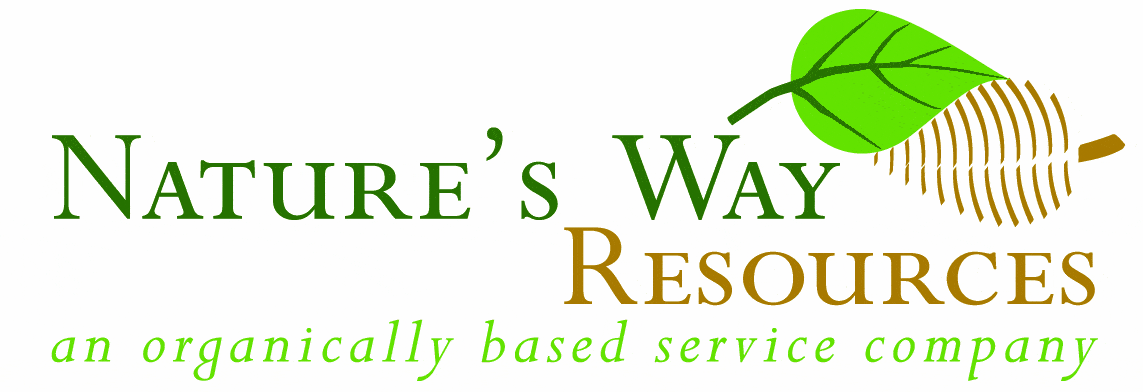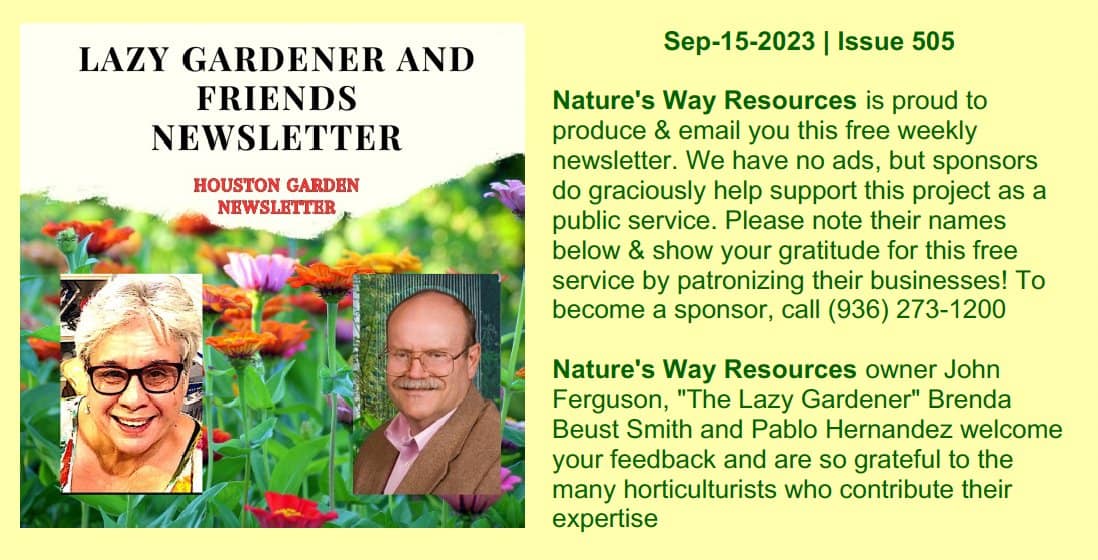
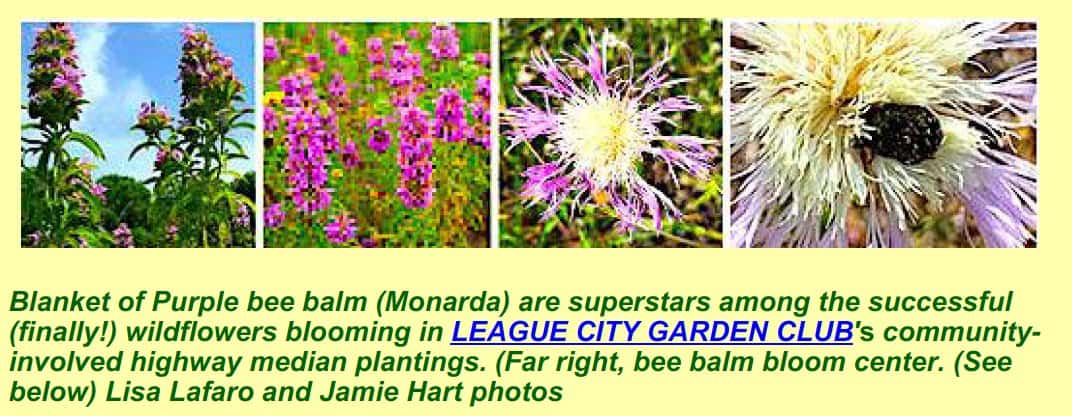
Highways to home plots — heat, drought putting natives in spotlight
“The weather seems wild to us, but it’s nothing our native plants haven’t seen before.”
– – JANE SEN GUPTA, Houston Chapter – Native Plant Society of Texas
(QUOTE ON FACEBOOK)
By Brenda Beust Smith
A TREAT! — for all of us — lessons and suggestions from two knowledgeable folks addressing some of our toughest challenges after this past summer.
Don’t kid yourself, folks, this may well be harbinger of things to come! Read on…
Below, BOB BAILEY from Native Plant Society of Texas Pines and Prairies Chapter spotlights great natives to replace our wimps that couldn’t take the heat and drought this past summer.
But first, LESLIE WONG of League City Garden Club will hopefully inspire more groups to be as pro-active as these ambitious gardeners in creating “wildflower heavens” along their local highways. My hat’s off to them, What an incredible bunch of never-say-die wildflower lovers!
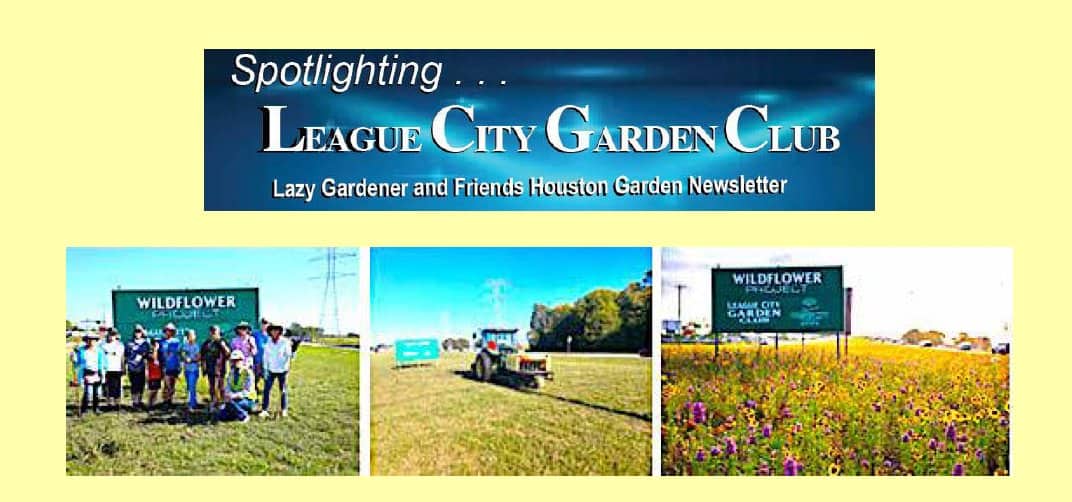
WILDFLOWER HIGHWAY PLANTING — OVERCOMING CHALLENGES!
By JAMIE HART
Although a project to plant wildflowers along stretch of Hwy 96 at State Highway 3 in League City was initiated in 2012, it never got a good start. Over several years birds ate wildflower seeds tossed into grass, seed balls didn’t germinate in the dense-packed soil, accidental mowings . . . yet year after year, a few flowers came up but were very sparse.
In 2020 LCGC joined with City of League City’s Vegetation Division. Two signs already announced: “League City Garden Club’s Wildflower Project.” Research began to find wildflowers to catch eyes of passersby spring through summer.
We turned to established experts:
Katy Prairie Conservancy: (now Coastal Prairie Conservancy) how to plant in a prairie;
Native Plant Society Of Texas: Prairie flower recommendations.
TexasPrairie.org. who gave us a referral to …
Wildlife Habitat Federation who referred us to …
The City of Fulshear, TX, who had created a successful wildflower planting along the Texas Heritage Pkwy. thpid.org/
Armed with THP’s advice to scalp grasses in September and plant seed in October, we adapted plans to our coastal location. We would scalp in October, clear grasses and sow in November to give seed time for needed cold stratification. Seed purchased in bulk included Texas native and pollinator mixes with an abundance of Bluebonnets.
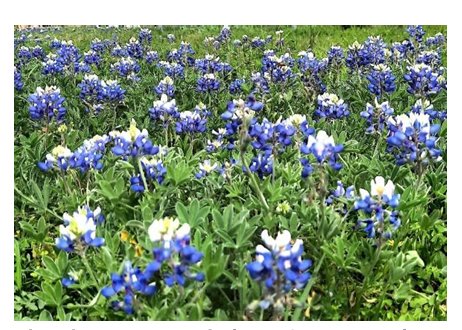
To ensure color through May, “Texas Natives” included Bluebonnet, Plains Coreopsis, Black Eye Susan, Clasping Coneflower, Indian Blanket, Mexican Hat and Prairie Coneflower. A second mix insured a longer bloom period and more pollinator plants: Purple Prairie Clover, Lemon Mint, White Prairie Clover, Bundleflower, Golden-Wave, Partridge Pea, American Basketflower, Cutleaf Daisy and lots of Butterfly Weed.
The first planting, Winter 2021, bloomed in Spring, 2022. The second year we expanded to Hwy 3’s west side. So not to disturb prior year seeds, hand spreaders and a seed drill were used. Soil was tilled on the west side. In the future we will hand-plant and use seed drills so not to disrupt roots or seeds that have fallen from previous plants.
The city crew did the heavy equipment work, scraping the area of all grass and grass seed, tilling and running the seed drill. Fabulous garden club volunteers came out with handheld tools, push seeders, rakes, hoes and bags of seeds.
Neighbors donate buckets and bags of native wildflower and milkweed seed.
We had to cross a major thoroughfare, kind of League City’s A“ utobahn.” Once safely across, we began, greeted with whoops and hollers, honks and cheers! Quite a spectacle each November.
We could not be prouder of our patch of Heaven in Spring for our birds, bees, butterflies and all the little pollinators. Two very successful years of beauty — a very impressive show — have resulted in citizen donations in honor and memory of loved ones for Wildflower Project’s continuation. With our wonderful city employees, we volunteers are dedicated to making our city a premier destination.
EDITOR’S NOTE: Hwy 96 at SH 3 in League City has no parking or stopping sites to see Wildlife Plantings. Drive-by viewing tips and club members to answer questions can be found at League City Garden Club’s Sat., Sept. 30, 12th Annual “ALONG THE WILDFLOWER TRAIL” Garden Walk, $15, 10am-4pm, League City, leaguecitygardenclub.org, leaguecitygardenclub@gmail.com.
* * *
And now, spotlighting folks helping Houston-area gardeners who need to replace summer-killed plants and/or want to become more pro-environment!

IF YOU HAVEN’T YET, TRY NATIVE PLANTS IN YOUR GARDEN!
by BOB DAILEY
Pines and Prairies Chapter of the Native Plant Society of Texas
They’re diverse. They’re beautiful. They’re hardy. And they’ve been around well before humans ever set foot on this continent.
Native plants are drought-tolerant which is great for our gardens, and a great way to save precious water. Bees, butterflies, birds, and countless other wildlife species rely on natives for food and habitat. Native plants don’t need fertilizer or other soil amendments. Here are some examples of these magnificent plants.
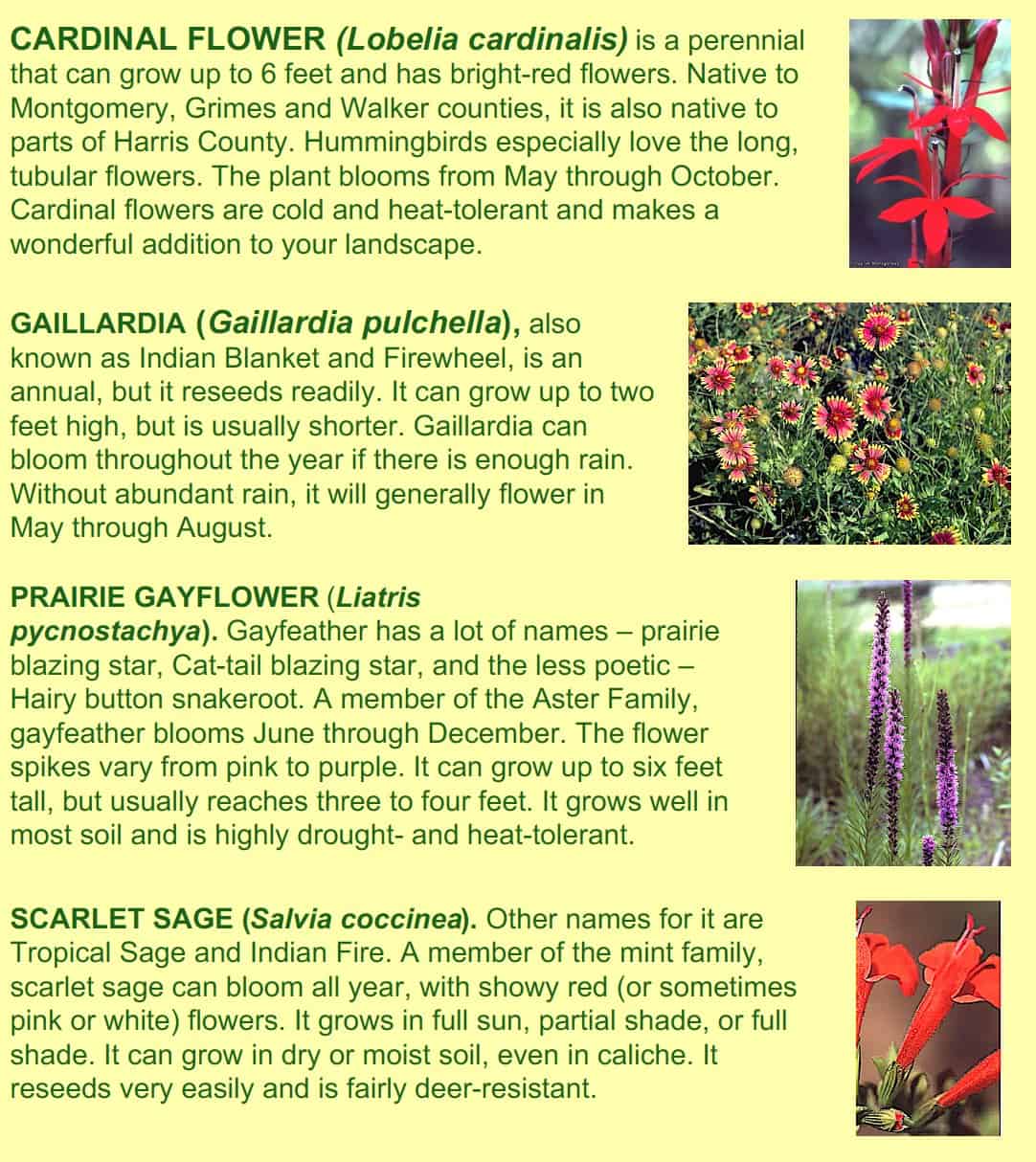
GULF MUHLY (Muhlenbergia capillaris) A favorite accent or partial edging plant, Gulf muhly can grow from 1.5 feet to 3 feet. It has a mounded shape when mature. The seed head of muhly is very light and airy and grows on thin stems. When it flowers the purple plumage appears to float above the plant, wafting in the wind. In late fall, the purple flowers will turn to pink.
These are only a few of the hundreds of plants that are native to our area. They provide beauty and accent to your garden, can withstand drought and high heat, flourish on the poorest soil and help support our wildlife.
EDITOR’S NOTE: The plants detailed above are among 100+ native plants indigenous to our area selected by the Pines and Prairies Chapter, Native Plant Society of Texas for its SAT., SEPT. 30 FALL PLANT SALE, 9am- noon at Woodlands Landscaping Solutions, 6464 Creekside Forest Dr,, The Woodlands. npsot.org/event/fall-plant-sale/
* * *
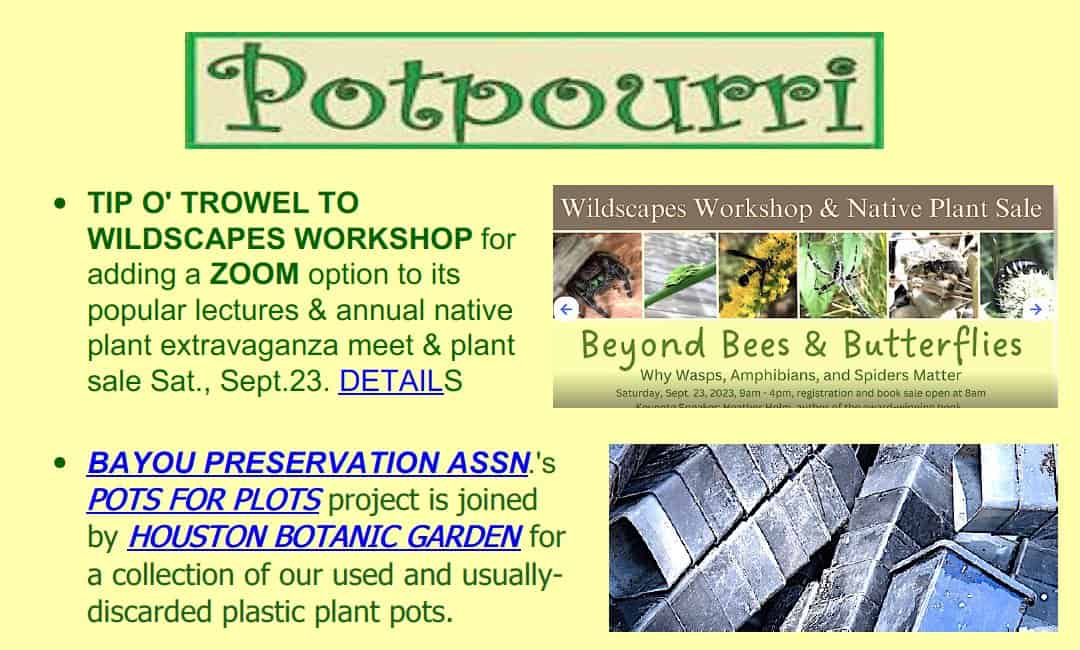
Hopefully POTS FOR PLOTS will cut down on the vast number of plastic nursery sale pots that end up in our Bayous, where they wreak a wide variety of havoc, including potential flooding of our homes! For this collection day only (Sat., Sept. 16, 9am-5pm) HBG is offering free garden entry tickets to the first 50 folks who drop off used plastic pots at HOUSTON BOTANIC GARDENS entrance, One Botanic Lane. info@hbg.org. Tickets are valid until Dec. 3 but myriads of HBC activities are planned for Saturday. Pots can also be dropped off at an accessible collection bin near the garden entrance 9am-5pm Fri., Sept. 15-, to Mon., Sept. 18.
HUG YOUR HOUSEPLANT WEEK starts Sunday. Just kidding. It’s actually National Indoor Plant Week.
(Boring!) Jackie in Pearland asked if it’s true potted plants might cause fires. They can, if old potting soil is left in
pots for so long it starts to break down.
Potting soil’s aging mixture of chemicals and wood products may well become flammable, especially given our recent heat and drought (or through unthinking disposal of still-smoldering cigarettes, etc). Better to empty out soil.
REMEMBER DEWEY COMPTON? The late radio agriculture/gardening star was a major influence ’50s- ’70s. Dewey’s daughter is searching for daylilies named her dad: Hemerocallis ‘Dewey Compton’ and mom, H. ‘Curtis Compton.’ Houston at one time was ringed with daylily farms, but so far longtime growers haven’t been able to help. Hopefully, a generous reader has some and is willing to share. Records list hybridizer as “Wheeler-B.” Strike a cord, Anyone? Email me at lazygardenerbrenda@gmail.com.

NEWS FROM THE WONDERFUL WORLD OF SOIL AND PLANTS # 255
Subject: plant viruses, fire ants & fungi, antioxidants and Alzheimer’s, native mulches and fire ants, tomatoes
A paper published a few years ago found that plant viruses prefer cultivated areas. Around 50% of all plant diseases are viral in nature, a team of international scientists from France and South Africa discovered (ISME journal 2018).
From their work there have now been 1,400 plant viruses cataloged so far with many yet to be cataloged. The researchers found that plant viruses (diseases) were found much more often in cultivated areas.
A new study published in the journal of Alzheimer’s disease by researchers at the Virginia Tech Carilion School of Medicine, has found that brains with Alzheimer’s disease, have lower dietary levels of lutein, zeaxanthin, lycopene, and vitamin-E.
The report by the Dorey Craft team found that carotenoids which are powerful antioxidants, which are found in colorful plants. Lutein is especially abundand in kale and spinach, and zeaxanthin is highest in corn and orange peppers.
The title of a recent article caught my attention: “Odors produced by soil microbes attract red fire ants to safer nest sites”
For decades we have known that aged (partially composted) native mulches tend to discourage to outright suppress fire ants’ populations, while other mulches like barks and dyed mulches since they lack the beneficial fungi, they effectively attract or make good homes for fire ants.
We now know the reason why this occurs.
Newly mated fire ant queens (Solenopsis Invicta) select nest sites with relatively low pathogen risk by detecting odors produced by soil bacteria that inhibit the growth of the ant infecting fungi.
The researchers found that the fire ant preferred to nest in locations containing actinobacteria, which produce compounds that inhibit the growth of pathogenic fungi harmful to the ants. PLOS Pathogens 2020
Many of us have observed that we do not find fire ants in the forest where there are lots of fungal species present. However, in the sunny grassy areas (bacteria dominated) soils, we also have lots of fire ants (Solenopsis invicta).
A new study from researchers at UC Berkely has found that spraying tomatoes with microbes (bacteria) from healthy tomatoes helped protect it from disease. There were two surprises from the study –
- artificial fertilizers reduced a plants ability to protect itself from disease
- They discovered that lower doses of transferred bacteria gave better disease suppression than high doses
Journal Current Biology (2023)
God’s creation is amazing!
1 Timothy 4:4 (NIV) For everything God created is good, andnothing is to be rejected if it is received with thanksgiving,
Job 12:7 (NIV) “But ask the animals, and they will teach you, or the birds of the air, and they will tell you; 8) or speak to the earth, and it will teach you, or let the fish of the sea inform you.”
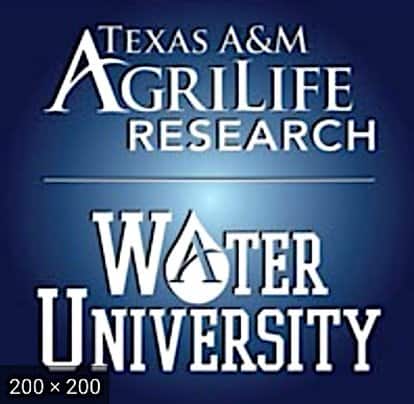
SPONSORSHIP
If you are interested in becoming a sponsor, please contact us at 936-273-1200 or send an e-mail to: lazygardenerandfriends@gmail.com
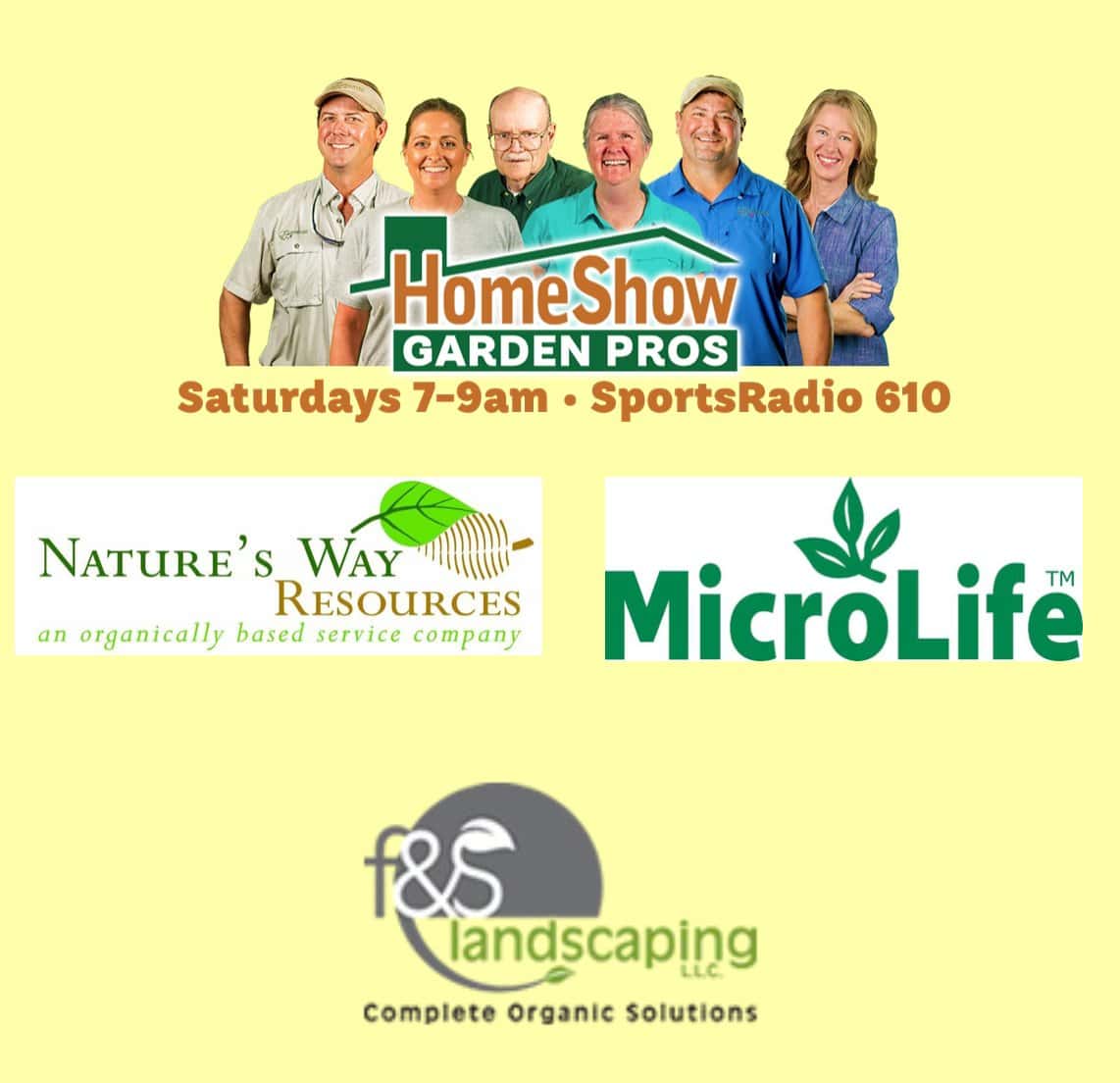
ABOUT US
BRENDA BEUST SMITH WE KNOW HER BEST AS THE LAZY GARDENER . . . but Brenda Beust Smith is also:
- a national award-winning writer & editor
- a nationally-published writer & photographer
- a national horticultural speaker
- a former Houston Chronicle reporter
When the Chronicle discontinued Brenda’s 45-year-old Lazy Gardener” print column — started in the early ’70s as a fun side-project to reporting, it then ranked as the longestrunning, continuously-published local newspaper column in the Greater Houston area. The name, she says, is not just fun, it’s true. Brenda’s gradual sideways step from reporter into gardening writing led first to an 18-year series of when-to-do-what Lazy Gardener Calendars, then to her Lazy Gardener’s Guide book which morphed into her Lazy Gardener’s Guide on CD, which she now emails free upon request. Brenda became a Harris County Master Gardener and, over the years, served on theboards of many Greater Houston area horticulture organizations. She hosted local radio and TV shows, most notably a 10+-year Lazy Gardener specialty shows on HoustonPBS (Ch. 8) and her call-in “EcoGardening” show on KPFT-FM. For over three decades, Brenda served as Assistant Production Manager of the GARDEN CLUB OF AMERICA’S “BULLETIN” magazine. Although still an active broad-based freelance writer, Brenda’s main focus now is THE LAZY GARDENER & FRIENDS HOUSTON GARDEN NEWSLETTER with John Ferguson and Pablo Hernandez of Nature’s Way Resources. A native of New Orleans and graduate of St. Agnes Academy and the University of Houston, Brenda lives in Humble, TX, and is married to the retired Aldine High School Coach Bill Smith. They have one son, Blake. Regarding this newsletter, Brenda is the lead writer, originator of it and the daily inspiration for it. We so appreciate the way she has made gardening such a fun way to celebrate life together for such a long time.
JOHN FERGUSON John is a native Houstonian and has over 27 years of business experience. He owns Nature’s Way Resources, a composting company that specializes in high quality compost, mulch, and soil mixes. He holds a MS degree in Physics and Geology and is a licensed Soil Scientist in Texas. John has won many awards in horticulture and environmental issues. He represents the composting industry on the Houston-Galveston Area Council for solid waste. His personal garden has been featured in several horticultural books and “Better Homes and Gardens” magazine. His business has been recognized in the Wall Street Journal for the quality and value of their products. He is a member of the Physics Honor Society and many other professional societies. John is is the co-author of the book Organic Management for the Professional. For this newsletter, John contributes articles regularly and is responsible for publishing it.
PABLO HERNANDEZ Pablo Hernandez is the special projects coordinator for Nature’s Way Resources. His realm of responsibilities include: serving as a webmaster, IT support, technical problem solving/troubleshooting, metrics management and quality control. Pablo helps this newsletter happen from a technical support standpoint.
Download the Newsletter with Our Events Calendar Below!
